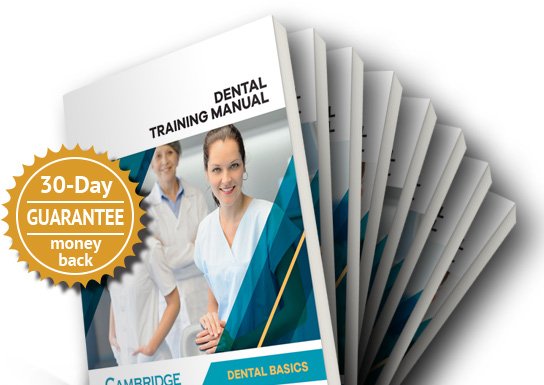Dr. O's Dental Consultant Coding Info
Cracked Tooth Syndrome and Insurance
If an indirect restoration is being placed on a tooth because of Cracked Tooth Syndrome (CTS), dental insurance might or might not pay for it. To increase the chances of coverage, the submitted dental claim must be detailed and complete.
A diagnostic x-ray is necessary. A photo can be helpful. A narrative is almost always needed to convey clinical information. The goal is to document that patient has pain, a proper diagnosis of CTS was made, and other possible causes for the pain were thoroughly considered and ruled out. There are many causes of tooth biting pain, and it must be shown that these other causes were ruled out before an indirect restoration will be considered for reimbursement by insurance.
The narrative should include information about:
- Patient symptoms - patient chief complaint; when pain started; what initiates pain; how long pain lasts; description of pain; what relieves pain.
- Existing restorations on the tooth - type of filling; surfaces included; any cusps replaced; condition of the filling.
- Visual findings of tooth - wear facets; craze lines, cracks, fractures; occlusal discrepancies; abfraction, abrasion, erosion, attrition.
- Periodontal findings - pocket depths; mobility; recession.
- Occlusal findings - centric contacts; excursive interfering contacts.
- Diagnostic procedures performed to rule in/rule out CTS, and their results:
- Percussion
- Cold tests
- Hot tests
- Biting tests - instrument used such as Tooth Slooth; which cusps tested and results for each; where pain was elicited; how long pain lasted; whether pain replicated patient chief complaint.
- Transillumination - light source used; where light was placed; exactly where light was stopped by internal cracks.
- Any history of prior CTS diagnoses on other teeth.
- History of prior broken cusps on other teeth.
- Bruxism status, problems caused, and prior treatments.
- Nightguards or splints.
- Any other treatment attempts to alleviate symptoms.
Photographs are very helpful to show clinical information not fully demonstrated in x-rays:
- Existing restoration size
- Craze lines
- Cracks
- Fractures and missing tooth structure
- Occlusal wear
- Transilluminated light pattern


